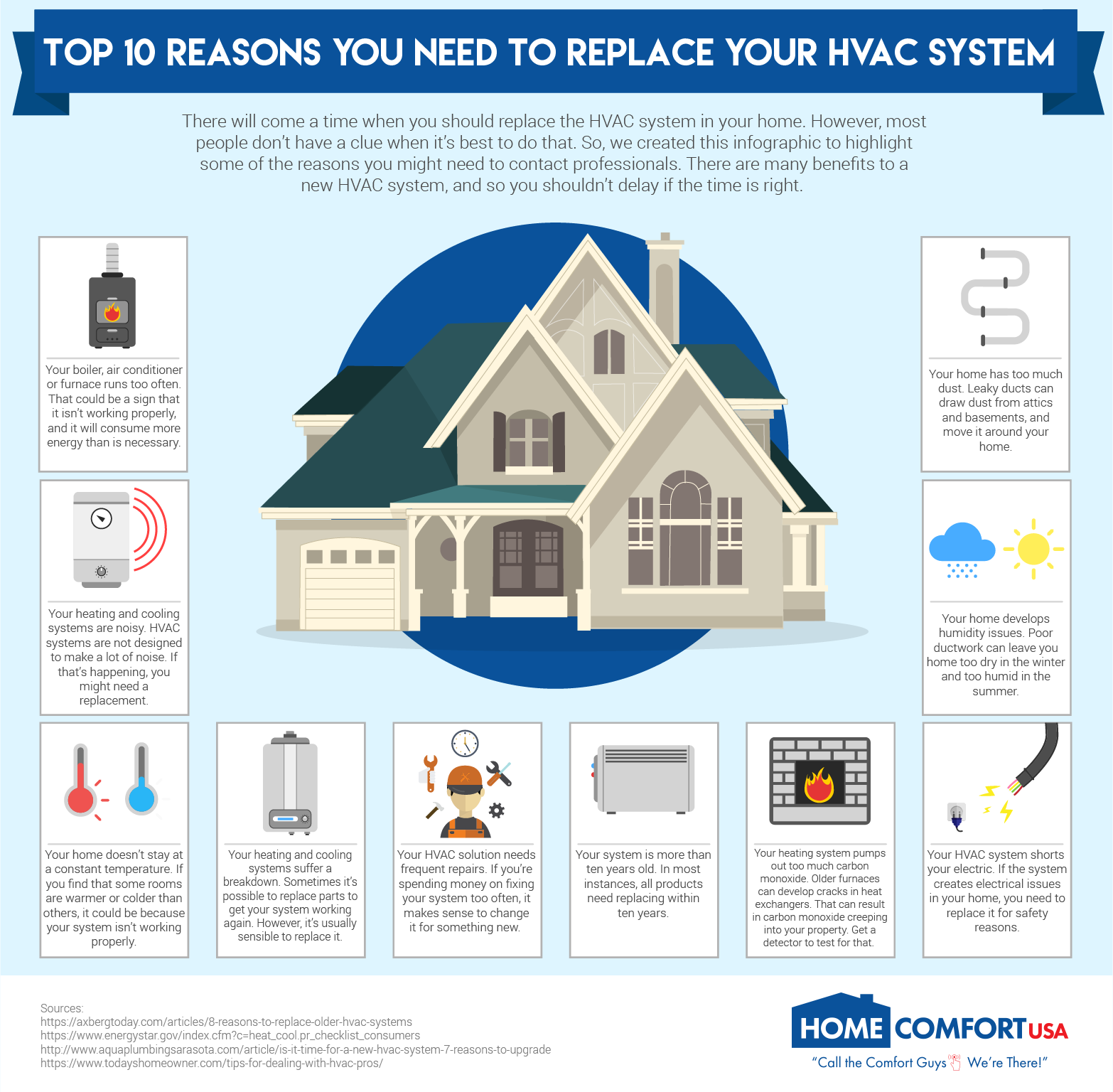The Ultimate Overview To Understanding Warm Pumps - How Do They Work?
The Ultimate Overview To Understanding Warm Pumps - How Do They Work?
Blog Article
Author-Forrest Montoya
The very best heat pumps can conserve you considerable amounts of cash on energy bills. They can likewise help in reducing greenhouse gas emissions, specifically if you utilize electrical power instead of nonrenewable fuel sources like propane and home heating oil or electric-resistance heating systems.
Heat pumps work very much the same as a/c do. This makes them a feasible choice to typical electrical home heating systems.
Exactly how They Function
Heatpump cool homes in the summer and, with a little aid from electrical power or gas, they offer a few of your home's home heating in the winter. They're an excellent choice for individuals who intend to lower their use nonrenewable fuel sources but aren't prepared to change their existing furnace and a/c system.
They depend on the physical reality that also in air that seems as well chilly, there's still power existing: warm air is constantly moving, and it wants to move right into cooler, lower-pressure environments like your home.
Most power STAR licensed heatpump run at close to their heating or cooling capability throughout most of the year, minimizing on/off cycling and conserving power. For the best performance, concentrate on systems with a high SEER and HSPF score.
The Compressor
The heart of the heatpump is the compressor, which is likewise known as an air compressor. This mechanical streaming tool makes use of possible energy from power production to increase the stress of a gas by decreasing its quantity. It is different from a pump because it only deals with gases and can not collaborate with fluids, as pumps do.
Atmospheric air gets in the compressor with an inlet valve. It travels around vane-mounted arms with self-adjusting length that split the inside of the compressor, producing several cavities of differing dimension. The blades's spin forces these cavities to move in and out of phase with each other, compressing the air.
The compressor reels in the low-temperature, high-pressure cooling agent vapor from the evaporator and compresses it into the hot, pressurized state of a gas. This procedure is duplicated as required to provide home heating or cooling as called for. The compressor also has a desuperheater coil that reuses the waste heat and includes superheat to the refrigerant, altering it from its liquid to vapor state.
The Evaporator
The evaporator in heatpump does the same thing as it performs in refrigerators and a/c, changing fluid refrigerant right into a gaseous vapor that gets rid of warmth from the area. Heatpump systems would certainly not work without this crucial piece of equipment.
This part of the system is located inside your home or building in an interior air trainer, which can be either a ducted or ductless unit. It contains an evaporator coil and the compressor that compresses the low-pressure vapor from the evaporator to high pressure gas.
linked webpage soak up ambient warmth from the air, and afterwards make use of power to transfer that warmth to a home or organization in home heating mode. That makes them a lot a lot more energy reliable than electric heating units or furnaces, and since they're making use of tidy electrical power from the grid (and not shedding fuel), they likewise produce far less emissions. That's why heatpump are such terrific ecological options. (In addition to a substantial reason why they're coming to be so popular.).
The Thermostat.
Heatpump are great alternatives for homes in cool environments, and you can use them in mix with conventional duct-based systems or even go ductless. They're a fantastic different to nonrenewable fuel source heater or conventional electrical heaters, and they're more lasting than oil, gas or nuclear HVAC devices.
Your thermostat is one of the most crucial component of your heat pump system, and it functions extremely in a different way than a standard thermostat. please click the next website (all non-electronic ones) work by using substances that change dimension with boosting temperature, like curled bimetallic strips or the increasing wax in a vehicle radiator shutoff.
These strips include 2 various sorts of metal, and they're bolted with each other to form a bridge that completes an electrical circuit linked to your cooling and heating system. As the strip gets warmer, one side of the bridge expands faster than the various other, which triggers it to bend and indicate that the heating system is needed. When the heat pump remains in home heating mode, the turning around shutoff reverses the circulation of cooling agent, to make sure that the outdoors coil currently operates as an evaporator and the interior cyndrical tube becomes a condenser.